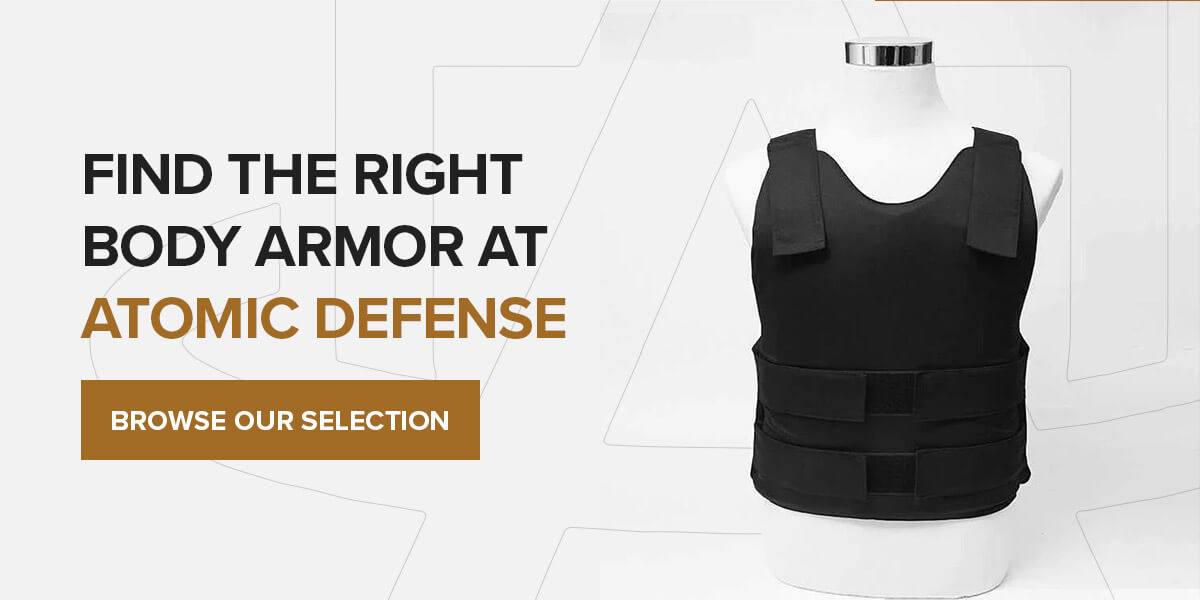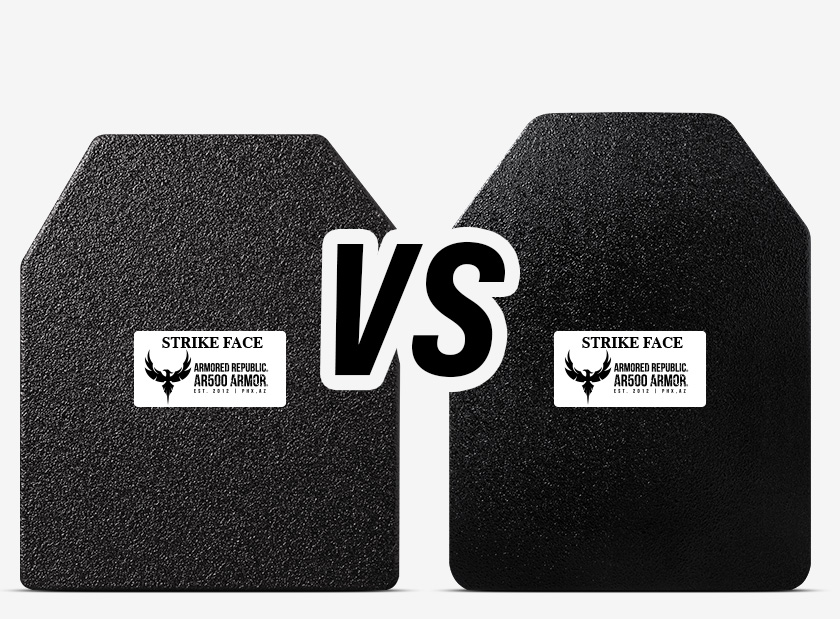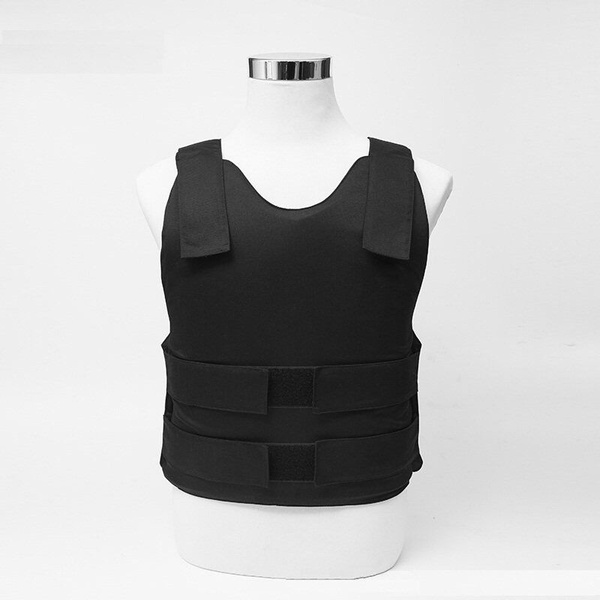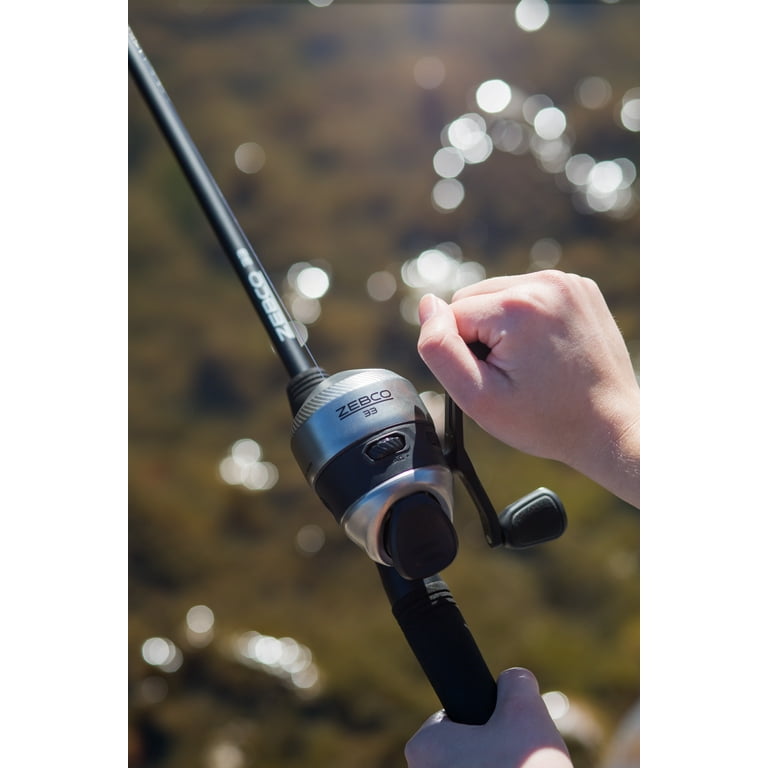
Comparing Body Armor Materials: Ceramic vs PE vs Steel vs Kevlar — Atomic Defense
Learn more about the pros and cons of each common material used to make body armor.
Comparing Body Armor Materials: Ceramic, PE, Steel and Kevlar Kevlar, steel, Polyethylene (PE) and ceramic are four common materials in body armor manufacturing. In this handy guide, we'll explore each of these materials and when they're most suitable. So, sit back and relax as we take you through the exciting journey of body armor comparisons — you'll probably be an expert by the time we're done. Ceramic First, we'll explore the pros and cons of ceramic body armor plates. Pros Ceramic plates are typically about 37% lighter than steel plates and cheaper than PE, typically costing under

Plate Carrier Buyers' Guide: How to Choose the Right One for You

Strain energy vs time graph of body armor made by Kevlar-29

AR500 Armor Steel versus Polyethylene ArmorPlates

Body Armor Buyer's Guide - Safe Life Defense

Female Body Armor: Tips, Tricks, and the Best Options Available in the

SAPI vs. ESAPI: Which Plate Type Is Best? — Atomic Defense

Bulletproof Plate Buyer's Guide

Comparing Body Armor Materials: Ceramic vs PE vs Steel vs Kevlar — Atomic Defense

Galls Ballistic Plate Comparison: Steel vs Ceramic vs Polyethylene

Hard And Flexible Bullet Resistant Body Armor [3] II. LITERATURE

Learning and FAQs on Buying Body Armor & Ballistic Plates Online

Body Armor for Civilians VS Military — Atomic Defense

Comparing Body Armor Materials: Ceramic vs PE vs Steel vs Kevlar — Atomic Defense









